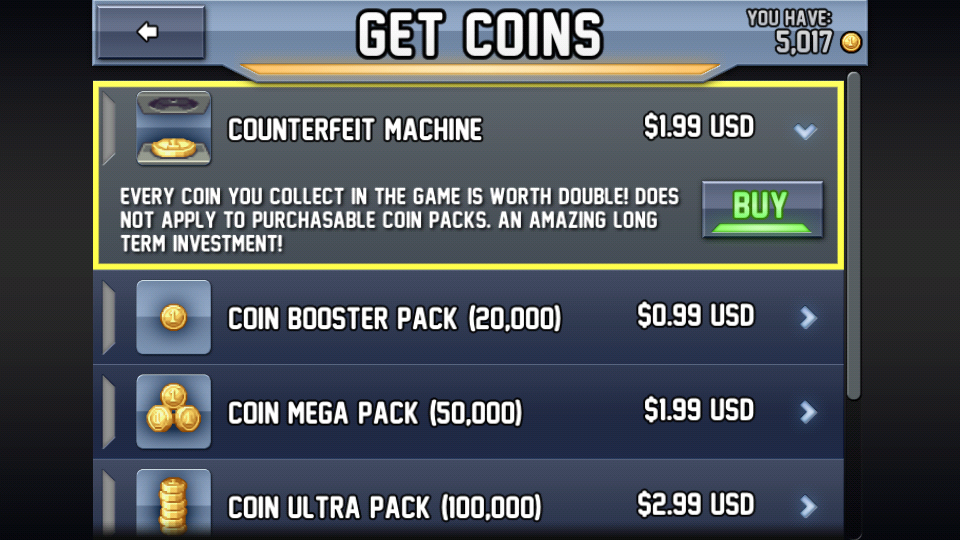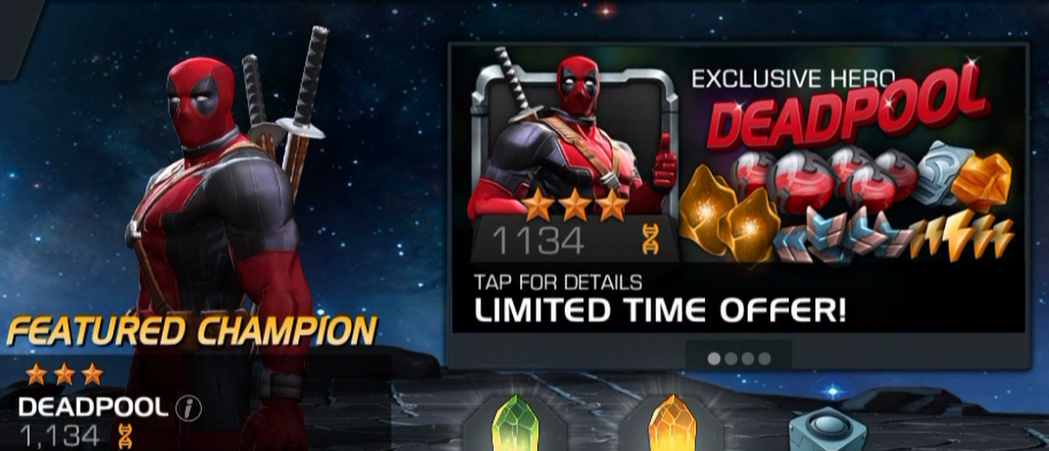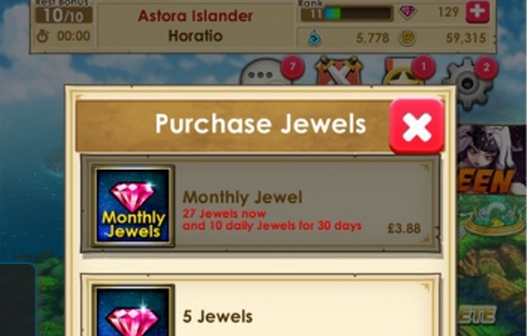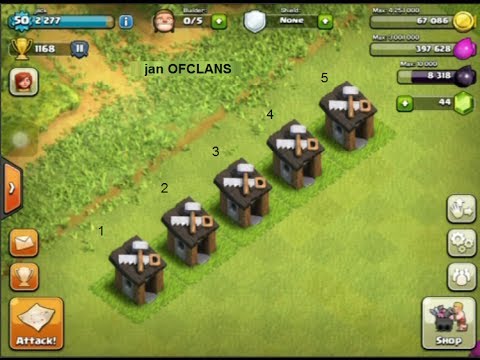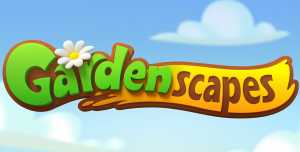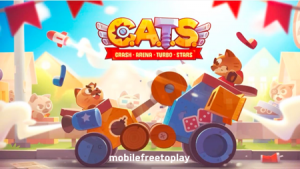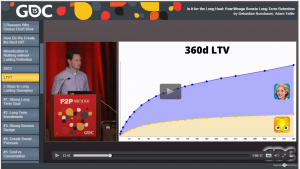Free to Play Monetization: Making The First Purchase
When a player first starts a new free to play game, they have very little intention of spending money. No matter how good your game is, no matter how good your brand is, it’s unlikely that players are willing to drop money soon after starting the app. There’s a period of time where players wait and experiment before making their first purchase.
Usually during this early time, heavy monetization should not be your main concern. When free to play first began on mobile, the common approach was to throw monetization in the player’s face immediately. Developers would do whatever they could in the first session to convert players. This has changed. Modern free to play design puts much more importance on being generous with currencies and content from the first session, and pushing for monetization only after the player really has tried out the game. This method results in players playing longer, and more likely to spend more often through their lifetime with the game.
But there’s an obvious concern here. If you’re being so generous with currencies and content in the beginning, how can you monetize effectively in these early stages? Is there any way to get players to pay early without making them turn off the game? Yes!
With smart design, monetization does not impact retention. More likely, strong monetization actually improves your retention. After a player has dropped their first dollar in a free to play game, they are more likely to stick around. Especially if you make sure that their first purchase feels good.
That really should be your goal: A great feeling first purchase.
The High Conversion Item
A great feeling first purchase is commonly referred to as the high conversion item. It is a virtual item or a mechanic which is likely to incentivize a player’s first purchase.
The first example that comes to mind of a high conversion item is the “Double Coin” boost in Endless Runner style games. Every game play after a player has purchased this boost will give double that amount of collected coins. It’s a single purchase ($2) which can only be made once, but is permanent unlike most In-App Purchases. Any engaged player will see it as a great deal and be more likely to spend their first dollar on the game with this purchase over the regular currency purchases.
So how do we create this type of mechanics for different genres?
It’s actually quite simple. The optimal components of a high conversion item are:
- High value to the player
- The value pays off over time (only if the player is engaged)
- It’s limited by either time or use
High Value
If the item you are selling is not desirable, players won’t convert. Players want to feel smart about making that first purchase, and are unlikely to fork over cash unless they feel they are getting a great deal.
But creating the feeling of getting a great deal is easy when you think of common pricing strategies. The easiest for showing value is Price Anchoring. Ensure the player has been shown the “usual” value of gems and items, but offer an option which is clearly lower than that. This will create the feeling of a deal.
A great example of this is Kabam’s Contest of Champions. In the first session, the player is constantly brought into the crystal vault and shown the regular price of crystals. They are also shown the value of heroes and currencies during the first session. The player’s value and price have now been anchored. After this is in place, there is a starter pack with tons of currency and a guaranteed awesome hero (Deadpool) to get you started. They have hinted at the value, and clearly shown that this is a low price. This is a high value purchase for the player.
Pays off over Time
But just creating an “on-sale” pack of regularly purchasable items is not the optimal way of asking a new player to make their first purchase. The best conversion items also aim to drive the player to play more. To do this, the value of a conversion item must only pay off over time. Instead of giving massive value upfront (ex. a bunch of currency that can be spent quickly), the player should have to play and engage with the game in order to see the purchase’s true value.
Giving too much upfront can mean that a paying player will spend all the currency quickly, feel like they have “beaten” the game, then leave. Instead, asking the player to engage in the game because of their purchase can turn a monetization mechanic into a retention mechanic.
The best example of this is Heroes Charge monthly card or COLOPL Rune Story‘s monthly jewel. A player can pay a small amount of money to receive premium currency over a month. In order to collect it, the player has to come back each day. This builds investment in the player. They paid the money, they have the opportunity for massive value, but this value can only be unlocked if the player is engaged.
Aim for your high conversion item to only unlock its true potential if players commit to returning to your game.
Limited
The last tactic of a high conversion item is about making it limited in time and/or in use.
Just as I spoke about before, the Contest of Champions Starter Pack is a great value purchase. It’s also on a timer — you can only purchase the pack within a set amount of days, which puts pressure on players to make up their mind. This pressure increases the conversion rate.
But also the conversion item should be a once-in-a-lifetime type of offer. Limiting the number of times the player can actually purchase this item is important. Especially since this item provides such high long term value, you don’t want the player to get addicted to spending only on this item, rather (eventually) have to convert to spending on regular purchases.
A good example of limiting the use is the Clash of Clans builder. It’s a high conversion item. If a player purchases the builder, a player can construct 2 buildings at once, effectively doubling their progression speed and allowing them far less restrictions when their economy is under attack from other players. Builders are very high value which pays off over time. However, the builder hut can only be purchase 5 times, with each stage getting much more expensive. The value eventually has to come in line with the actual costs, and making sure this is capped allows the economy to be effectively balanced.
Ensure that your high conversion item is limited by both time and of use. You want to pull the player to eventually start making your regular purchases.
In Summary
During the early stages of a player’s engagement in your game, it is important to build a High Conversion Item. This item must:
- Demonstrate a high value to the player
- The value can only pay off in time, building investment in the player
- Be limited by both time and of use, to ensure its felt as special, and that players eventually move over to regular purchases.
Using this as your guide, you can create a strong high conversion item that will drive monetization and retention.



